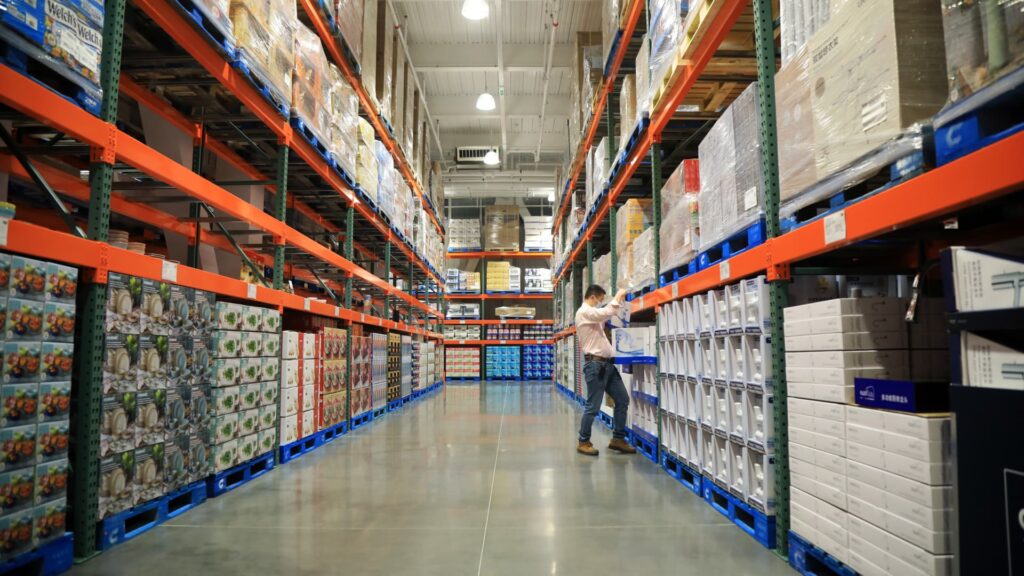
Wholesale prices accelerated faster than expected in February, another reminder that inflation remains a nagging issue for the US economy.
The Labor Department's Bureau of Labor Statistics reported Thursday that the producer price index, which measures pipeline costs for raw, intermediate and manufactured goods, jumped 0.6% during the month. That was higher than Dow Jones' forecast of 0.3% and follows a 0.3% increase in January.
Excluding food and energy, the core producer price index accelerated by 0.3%, compared with estimates for a 0.2% increase. Another measure that also excludes business services rose 0.4%, compared with a 0.6% increase in January, and was higher than estimates for a 0.2% advance.
On an annual basis, the main index rose 1.6%, the largest movement since September 2023.
The data contributed to Wall Street's decline, with major US stocks falling slightly. Treasury yields rose on the back of the report.
A busy morning of economic data also showed that retail sales rebounded, rising 0.6% month-over-month, according to Commerce Department data adjusted seasonally but not for inflation. This increase helped reverse the downwardly revised 1.1% decline in January, but was still below the estimate for a 0.8% rise.
The Labor Department also reported that initial claims for unemployment insurance fell to 209,000 last week, down 1,000 and below the estimate of 218,000. Continuing claims rose to 1.81 million, although the previous week's number was revised sharply.
The market focused on the release of the Producer Price Index, which comes two days after the Consumer Price Index, which measures what consumers pay into the market, which showed inflation was slightly higher than expected on an annual basis.
The Producer Price Index is considered a leading indicator of inflation because it indicates costs early in the supply chain.
The Bureau of Labor Statistics reported that about two-thirds of the rise in the headline Producer Price Index came from a 1.2% rise in commodity prices, the largest increase since August 2023. As with the CPI, the acceleration was attributed to energy prices, which saw a 4.4% rise . An increase in the measure of final demand. Gasoline prices jumped 6.8% at the wholesale level.
Service costs increased by 0.3%, supported by a 3.8% increase in passenger accommodation services.
Retail offerings rebound
On the retail sales side, data indicated that consumers remained ahead of CPI inflation, which rose 0.4% month-on-month, although sales remained sluggish.
Excluding automobiles, retail sales rose 0.3%, a tenth of a percentage point below expectations. Auto parts and dealers saw a 1.6% increase, second only to a 2.2% increase for building materials and garden centers during the month.
Despite the decline in prices, gasoline stations recorded an increase of 0.9%. Electronics and appliance sales rose 1.5% while miscellaneous store sales rose 0.6% and restaurants and bars rose 0.4%.
Retail sales posted a 1.5% year-over-year gain, less than the 3.2% increase in the Consumer Price Index.
Inflation data is being closely watched on Wall Street ahead of the Federal Reserve's two-day monetary policy meeting that begins next Tuesday.
While the central bank will almost certainly keep its benchmark interest rate in place, markets will be looking for clues about the future of monetary policy. Futures prices indicate that the Federal Open Market Committee, which sets interest rates, will begin cutting interest rates in June, with cuts of three-quarters of a percentage point expected this year.
At the meeting, policymakers will update their forecasts on interest rates, economic growth, inflation and unemployment.
